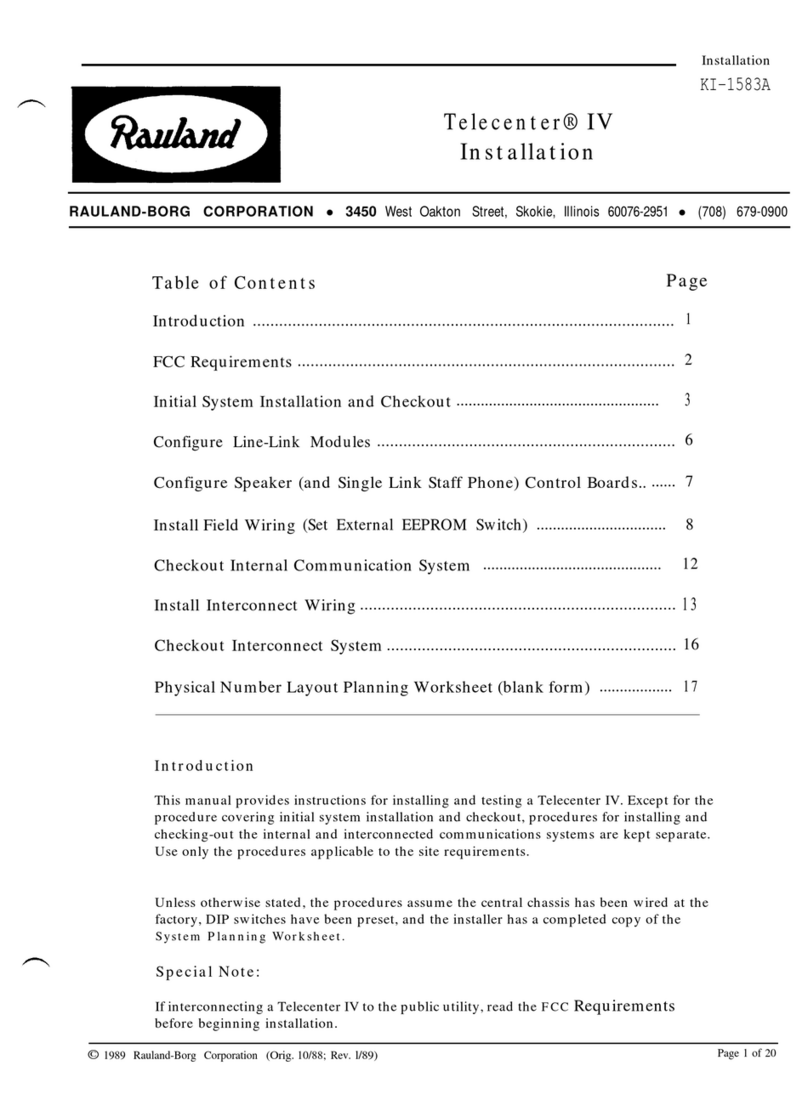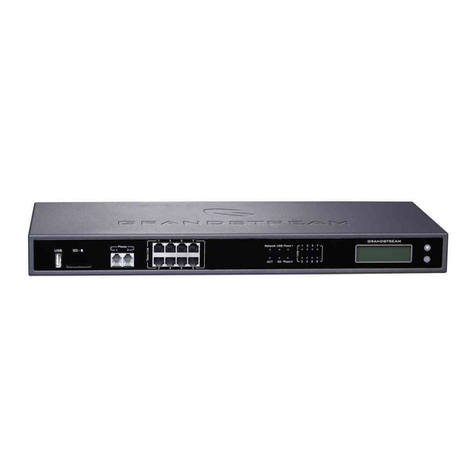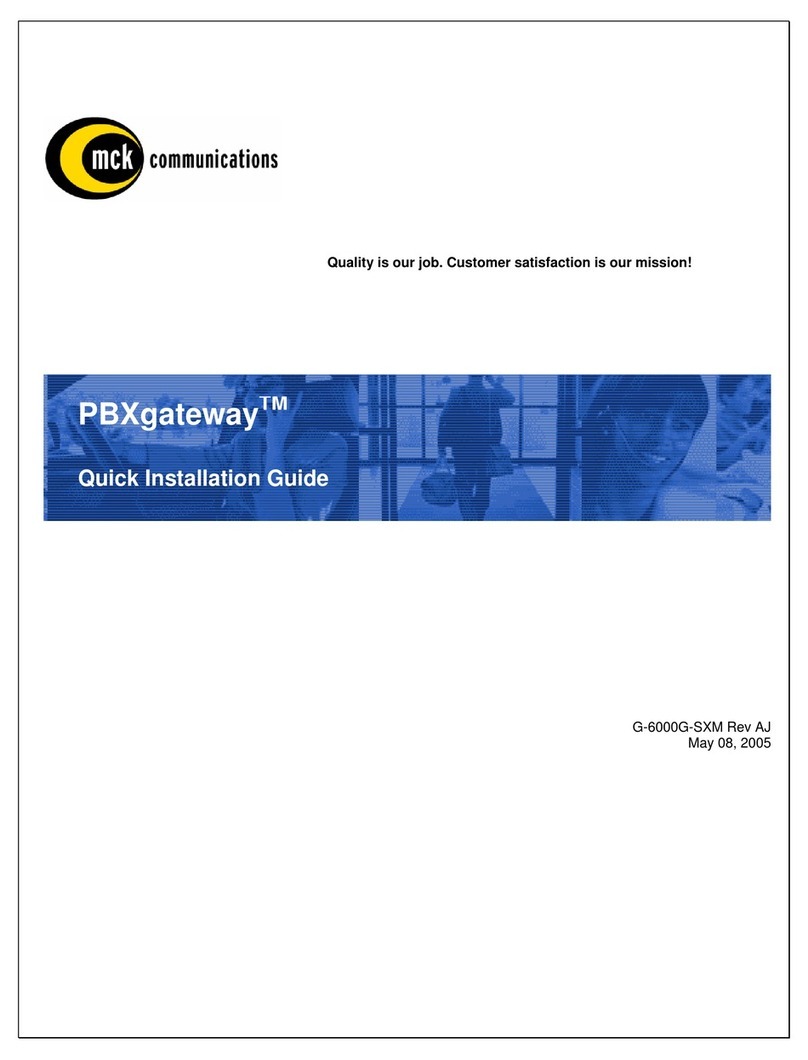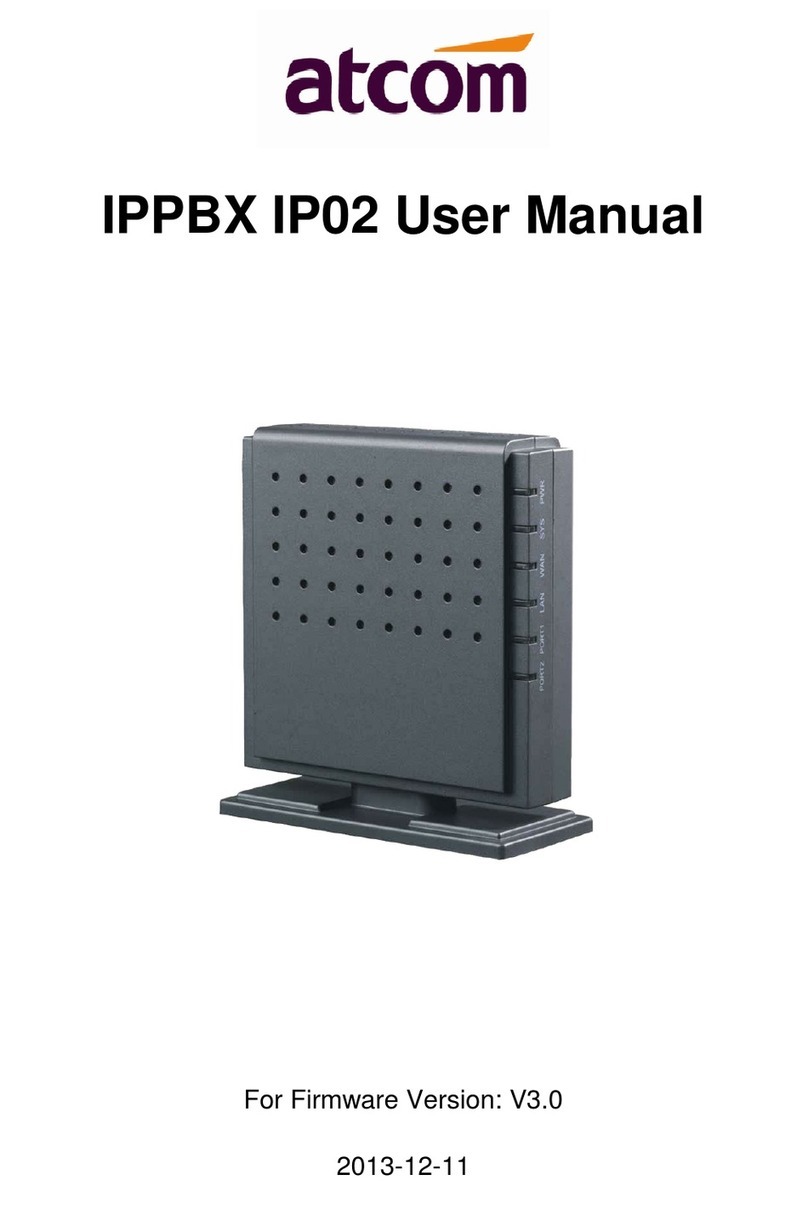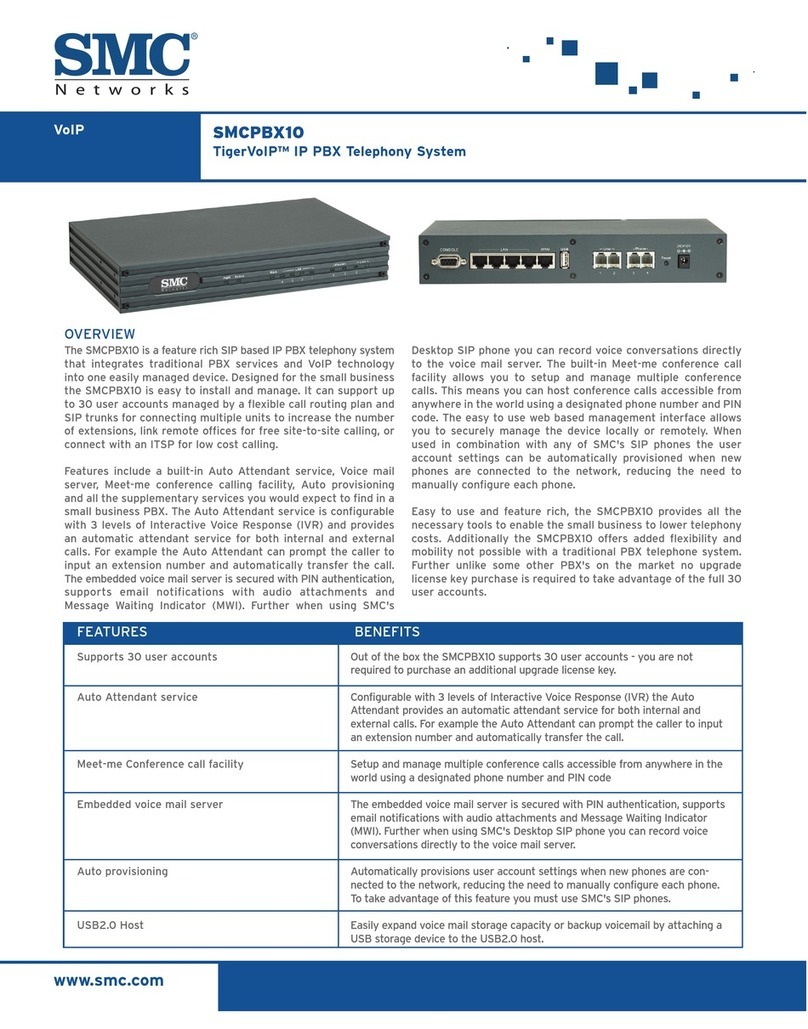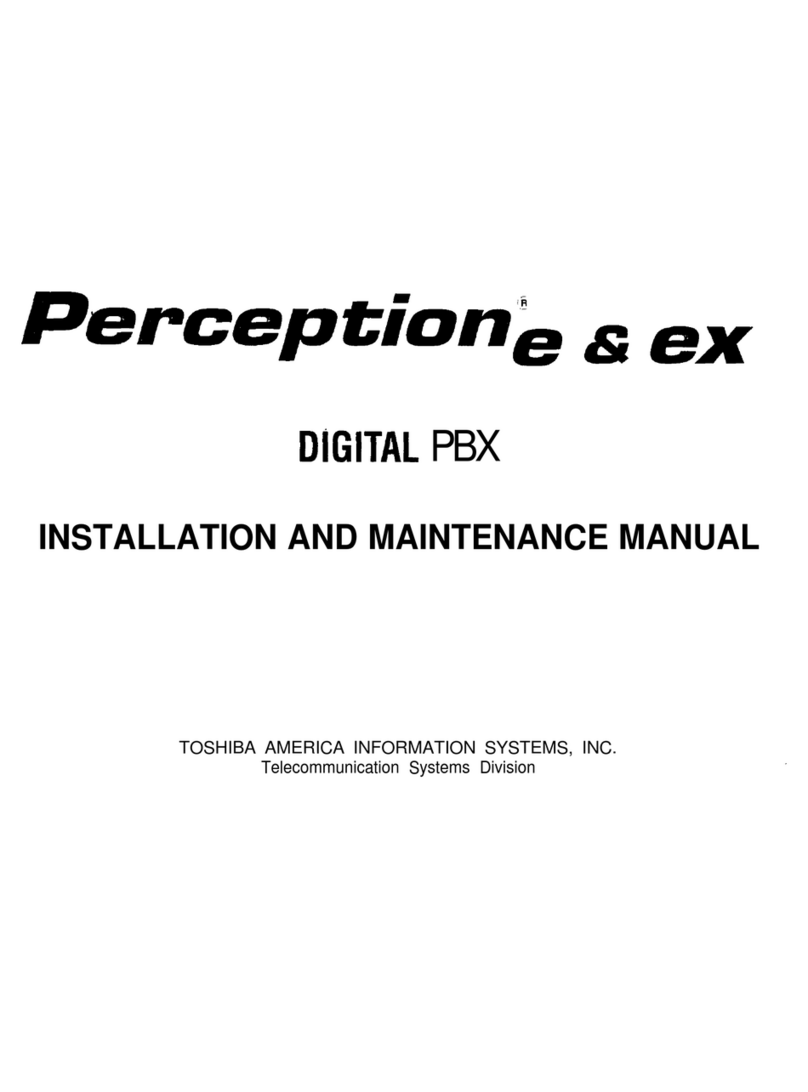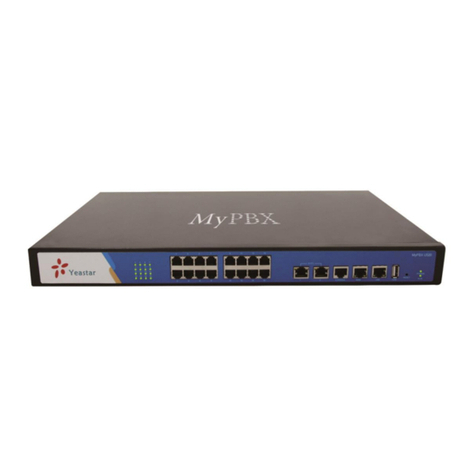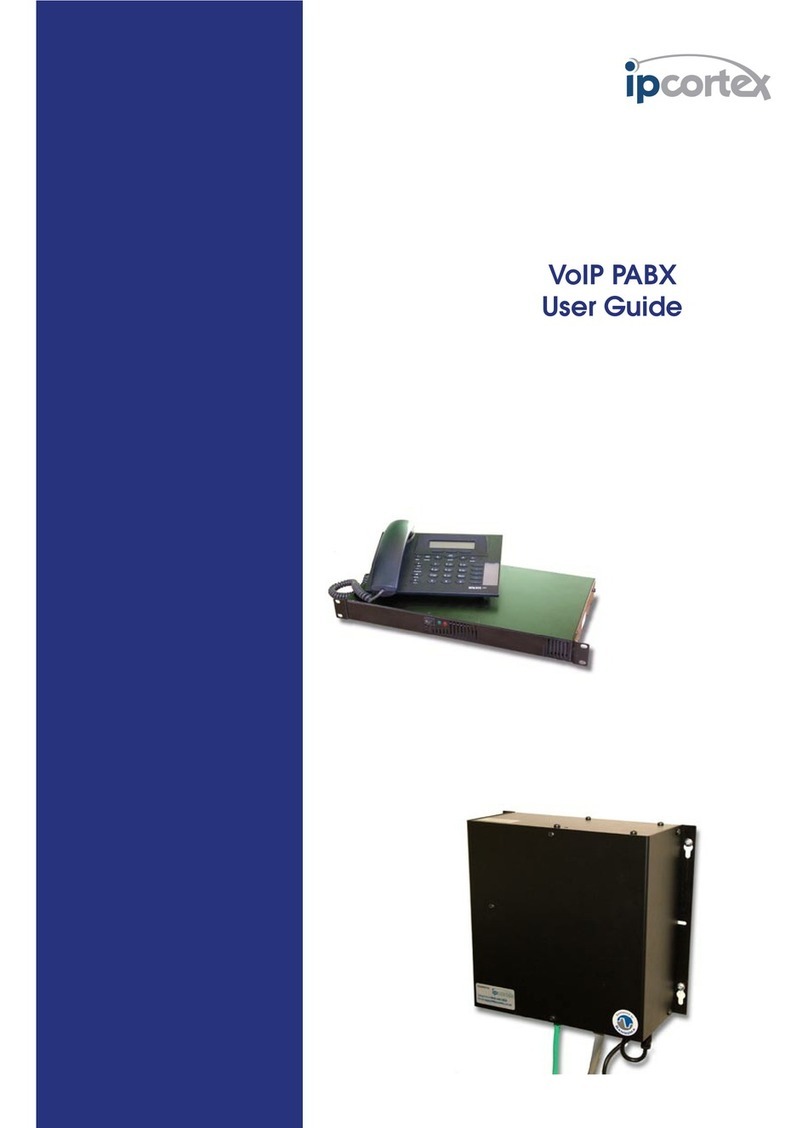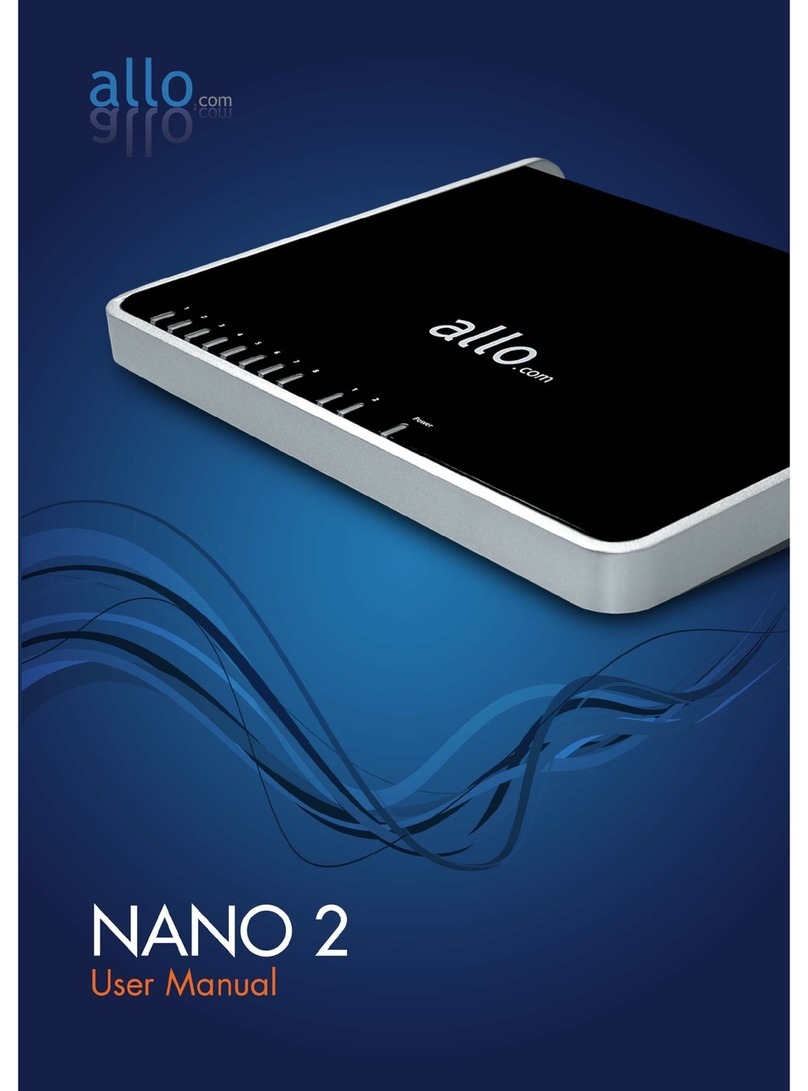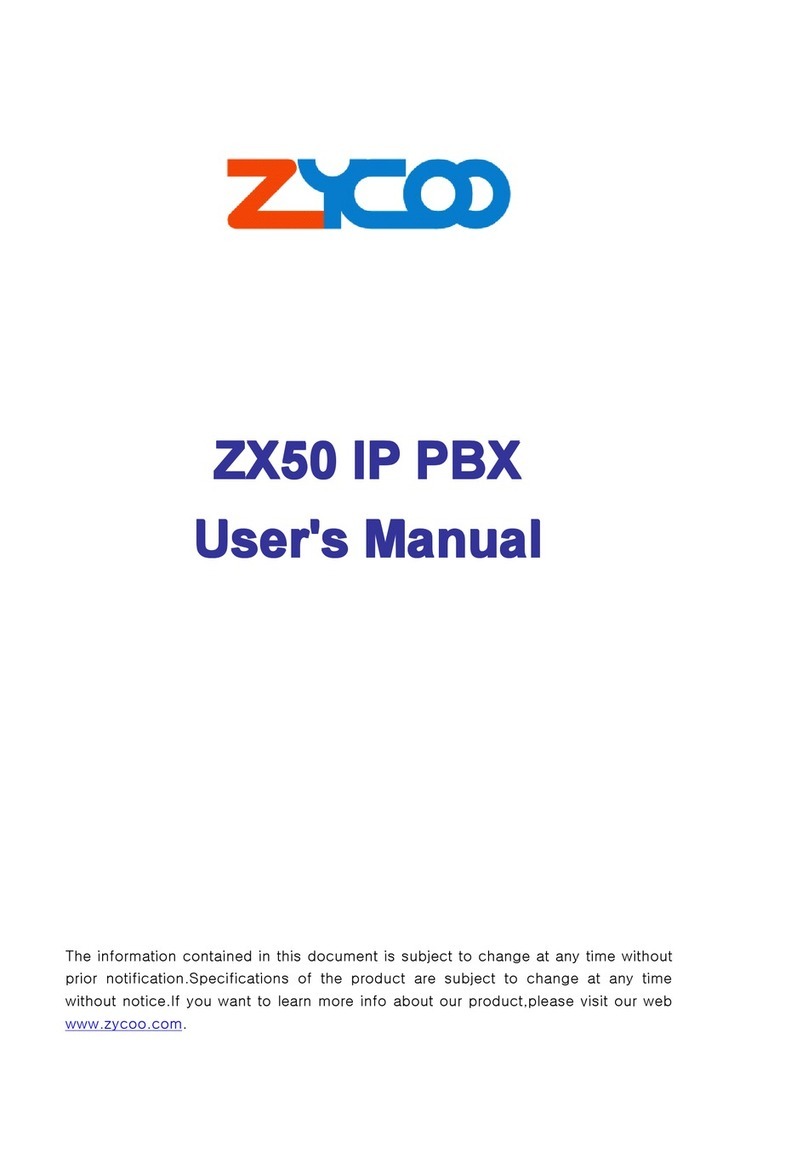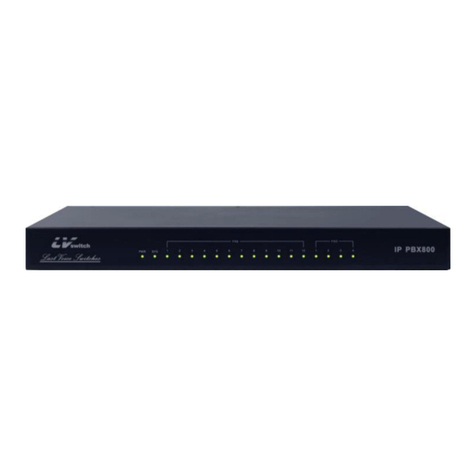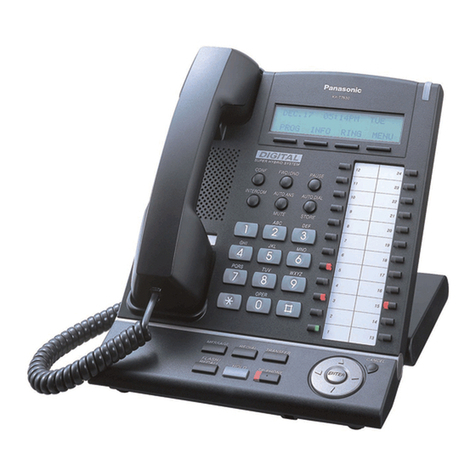7
Getting Started
We assume for the purposes of this user level manual that your
phone system administrator or installation engineer has setup your
VoIP PABX and phones.
If you are also a phone system administrator then you should consult
the ipcortex “VoIP PABX Installation & Administration Guide” for
details of how to administer the whole system.
As a user, you will normally have been provided with either a physical
phone, or a PC based soft-phone which works in conjunction with
your PC or PDA and suitable audio hardware.
You should also have been given a username, password and URL to
access your own personal user area of the PABX. If you do not have
this information then you will need to obtain them if you wish to make
any changes to user level settings, or access advanced integration
features such as TAPI PC integration.
If you have been provided with a physical phone, then you do not
need the above username and password information to make phone
calls.
Making Phone Calls Using a Phone Handset
Phone operation does vary between manufacturers and models but
basic usage is reasonably intuitive, being quite similar to the way that
traditional analogue handsets operate. The key difference is that most
digital handsets have the concept of pressing a “dial” key after the
whole number has been entered (in a similar way to a mobile phone)
before the call attempt will be made.
Picking up the handset, dialling the full extension, local, or national
number and pressing the button marked “OK”, , or “Dial” is
usually sufficient to make an outbound call.
For more information about how to make and receive calls on your
particular phone, please see the phone specific instructions later in
this manual.
